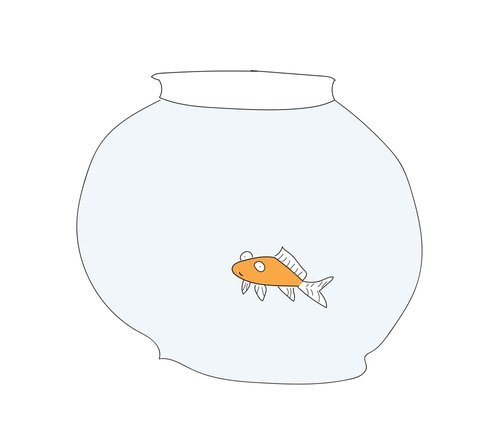We live in bubbles. And our bubbles think and speak in similar ways. We spend most of our time talking with people who think like we do, who see the world through lenses not unlike our own. This is true across our professions, our social circles, and our political affiliations.
A recent study found that, “A large proportion of voters live with virtually no exposure to voters from the other party in their residential environment,” communities where nearly everyone they interact with votes and thinks the same way. While more and more attention is being paid to these “partisan echo chambers,” the pattern extends beyond politics. We see it in how we socialize, the workplaces we choose, the schools where we send our children, the churches we go to — or do not. There are many consequences of this siloing of our daily lives, but perhaps none is more consequential than the fact that our conversations tend to reinforce what we already believe.
I have written before about the importance of understanding people with whom we disagree. It is tempting to treat “understanding” as a purely intellectual exercise — something that happens at a comfortable distance. But understanding demands more than the dispassion of so stating it. It requires conversation.
Talking with people whose worldviews diverge sharply from our own is hard work. It makes us uncomfortable. It demands restraint, humility, and a willingness to listen without rushing to correct. It can feel safer to avoid the exchange altogether. Yet without conversation, we never truly experience the pluralism that we may claim to value as a core of our open-minded approach to understanding all people. Absent conversion we run the risk of remaining ensconced in our own bubble, mistaking comfort for clarity.
Read more here


